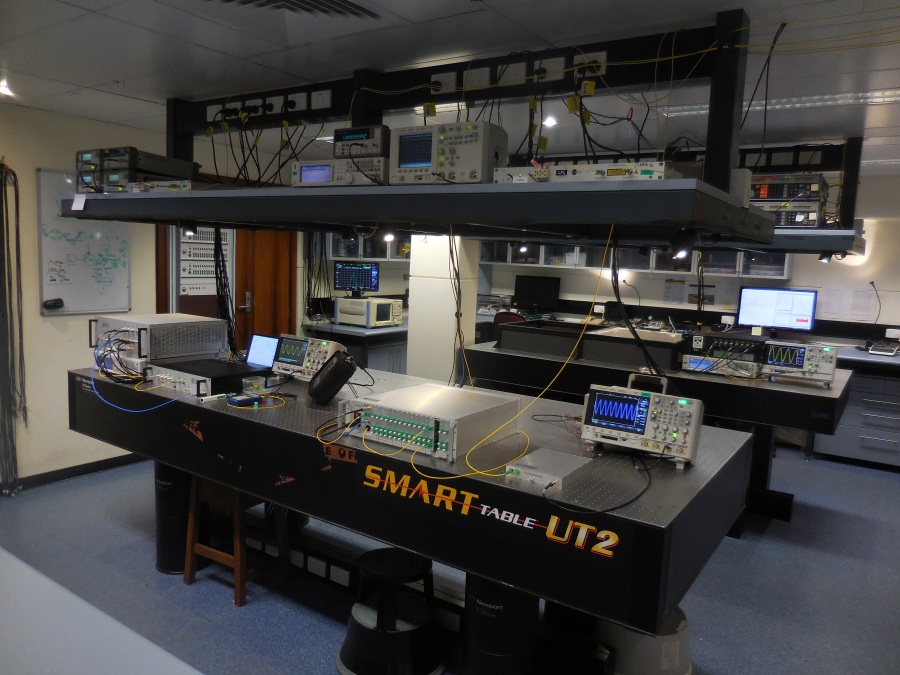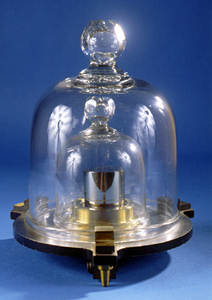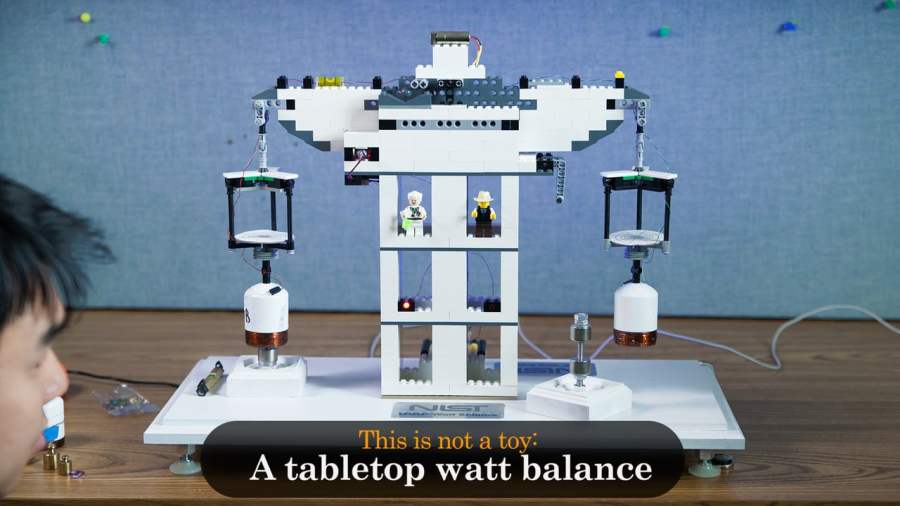This post is a modified version of a World Metrology Day article I wrote for Australia’s Science Channel.
Saturday 20th May is World Metrology Day.
I’m not surprised if you hadn’t heard of it. I was three years in to a PhD in metrology before I found out we had a day for it.
Metrology is the science of measurement. It is an important foundation of other experimental sciences and is also a critical component of a nation’s ability to conduct business. Metrology considered to comprise three different fields:
Scientific metrology focusses on the definition of units of measurement (e.g. the kilogram, the metre, etc), how to actually make the measurements, and how to reliably trace a measurement back to an official reference.
Industrial metrology is about the application of measurement to manufacturing and other industrial and social applications. Industrial metrology is a very important factor in a nation’s engineering capability.
Legal metrology concerns the statutory requirements of measurement for trade, taxation, and protection of the public. Whenever farming produce is weighed, petrol is pumped, or shares are traded, the measurements (in these cases; weight, volume, and time) need to meet strict government controls on accuracy and precision.
Nearly every country has a metrology institute, involved in all of these important aspects of measurement. In Australia, we have the National Measurement Institute (NMI). America has the National Institute of Standards and Technology (NIST) and the UK have the National Physical Laboratory.
World Metrology Day is an international event commemorating the signing of the Metre Convention on 20th May 1875. The Metre Convention established international cooperation to develop the metric system and the International System of Units (SI).

Measure for measure
For the past three-and-a-bit years I have been pursuing a PhD in optical metrology — I use light to measure stuff.
In particular, I work on the transmission of atomic clock signals for use by radio telescopes and other space science experiments. Over the years, atomic clocks have become more and more precise, and today we need new technologies in order to transmit the atomic clock signals to another location for use in scientific or industrial measurements.

Measuring up
The next few years hold some exciting developments for metrologists. We will soon re-define two of the most basic measurements we use every day, the kilogram, and the second.
The SI system has seven basic units of measurement. These are: the metre, the kilogram, the second, the ampere, the Kelvin, the mole, and the candela. All other units that we use to measure stuff, such as volts or kilowatts, a derived from these basic units.
The second is currently defined using caesium atomic clocks. The caesium within the atomic clock emits microwaves at around 9 GHz, and this frequency is used as the “tick” from which the second is defined.
As atomic clocks have got better, another type of atomic clock that uses atoms of ytterbium have proved to be more stable and precise than caesium-based clocks. These clocks emit light at a frequency around 518 THz, that is, they tick at around 518 trillion times per second. In a few years’ time, ytterbium clocks might become the new way to define time.
The second, and most of the other SI base units, are defined using physical constants. For example, the metre is defined as the distance light travels in 1/299792458th of a second. However, the kilogram is the only unit that is still defined by a physical object. A platinum-iridium ingot in a vault in France is defined to be the kilogram.

Metrologists are working to find a better way to define the kilogram in terms of fundamental constants so that any metrology laboratory around the world can more easily make a precise and accurate measurement of the mass of the kilogram.
The leading contender is a device called a Watt balance that uses electromagnets to convert the mass of the kilogram into units of electrical power, Watts, which can be traced back to fundamental physical constants.
You can even download plans to build your own Watt balance. The US NIST released plans for a DIY Watt balance made out of LEGO. It’s millions of times less precise than NIST’s Watt balance, but about 10 to 100 times more precise than your kitchen scales (depending on how good your building skills are).

Metrology is an important part of our modern civilization. It is as fundamental to our way of life as electricity, or the internet. The progress of science and technology depends on the progress of our ability to make accurate and precise measurements.

Hello admin, i must say you have very interesting posts here.
Your website should go viral. You need initial traffic only.
How to get it? Search for; Mertiso’s tips go viral
LikeLike